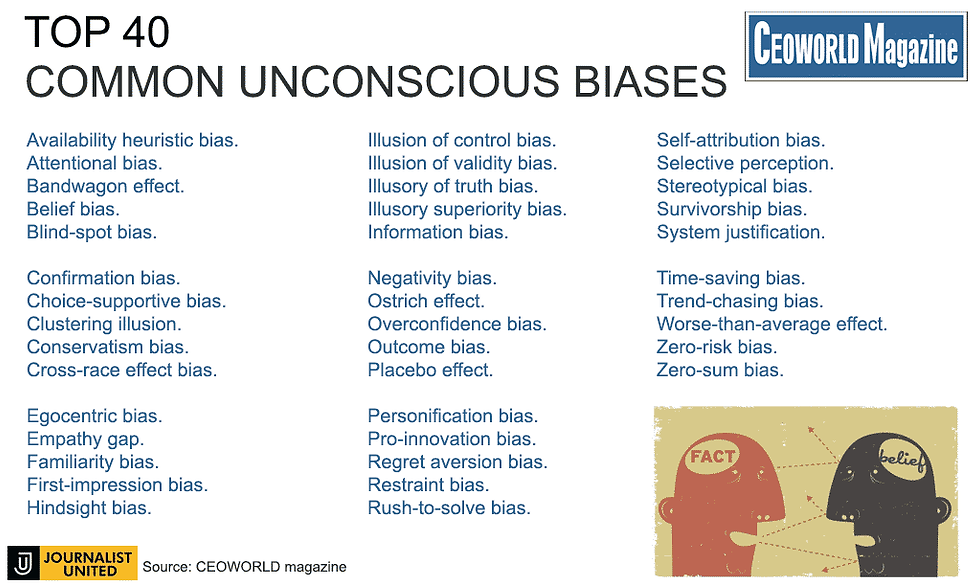Addressing Bias: Start from the Center
- gemmuseums
- Dec 18, 2017
- 3 min read

Whiteness and Museum Education by Hannah Heller, and published on the blog Incluseum, and Does Art Breed Empathy? on Artnet News. If you missed them, read them because they ask us to address the humanity in what we do. Heller, a museum educator and a doctoral student, wrote a scholarly article on the risks and problems when white museum explainers bring baggage, bias, and presumption to the gallery floor. While her sample is admittedly small, the examples she offers are telling, and they point out the complex hierarchy of language, symbol, color, and subject that art museum volunteers, staff, and curators interpret for the public. The second piece is about the Minneapolis Institute of Art (MIA), which just received a $750,000 grant from the Andrew W. Mellon Foundation to investigate "how to spark and nurture empathy through the visual arts." The article quotes MIA's director, Kaywin Feldman, who says, "One of the most meaningful aspects of this encounter is the awareness it can awaken of a common humanity—an immediate sense of connection between the viewer and someone who may have lived in a very different time and place.” After reading both pieces, here is our plea: Clearly, at least among art museum folk, there is a groundswell that for too long museums have been too white, too hierarchical, too biased. They are long overdue for change, and that's a good thing, right? We also know without respect, compassion and empathy, a diverse audience is window dressing not community. And community is what we want, right? But here's our question: What good is building community with visitors if we don't begin with the museum workplace? Without internal change don't museums become the organizational equivalent of do as I say, not as I do? This is not a criticism of MIA or indeed of any other museum that's making its collections and programming more empathetic. But how can any staff member unlearn bias or move from sympathy to empathy as Heller suggests unless that's behavior that's asked for in the hiring process, around the staff table, and most particularly, around the board table? Heller quotes Ruth Frankenberg, writing that too often whiteness is defined as what I'm not, that whatever isn't known or familiar is tinged with differentness, with not following a mysterious set of rules that because you're not white you don't understand. But don't museums need to articulate what they stand for? Not just the endless collect, preserve and care for line, but actually what kind of organizations they are? Maybe you lead or work in an organization that knows itself and is clear about its values. But what if you don't? Imagine you're interviewing someone for a new position. If you walk in the interview room and meet an openly transgender candidate are you confident you and your staff can check your bias at the door? If so, that's great because that's not the case in the majority of American workplaces. What if the candidate is female, brown skinned and overweight? Studies show us that candidate, if she were hired at all, would receive a significantly lower salary than her tall, fit, white, male counterpart. How does your organization make situations like these equitable? Is it possible that the museum-going public aren't the only people we need to stifle our biases and prejudices around? How about our colleagues? Our hope, as we come to the end of another year, is that museums who want to address questions of race, gender, class and bias, start from the center first, and that museum leaders lead the charge. If your staff knows that empathy and equity are organizational values, might that change how they deal with each other and the public? As a leader, do you know your biases? Do you lead a value-driven organization? Are you open about change? Is your museum such a friendly, creative place that no matter who comes in the door, they wish they could work there? Leadership Matters will be away until January 2 when we will return with some wishes for the museum world in the New Year. In the meantime, much happiness for all our readers during the holidays, Joan Baldwin & Anne Ackerson












































Comments